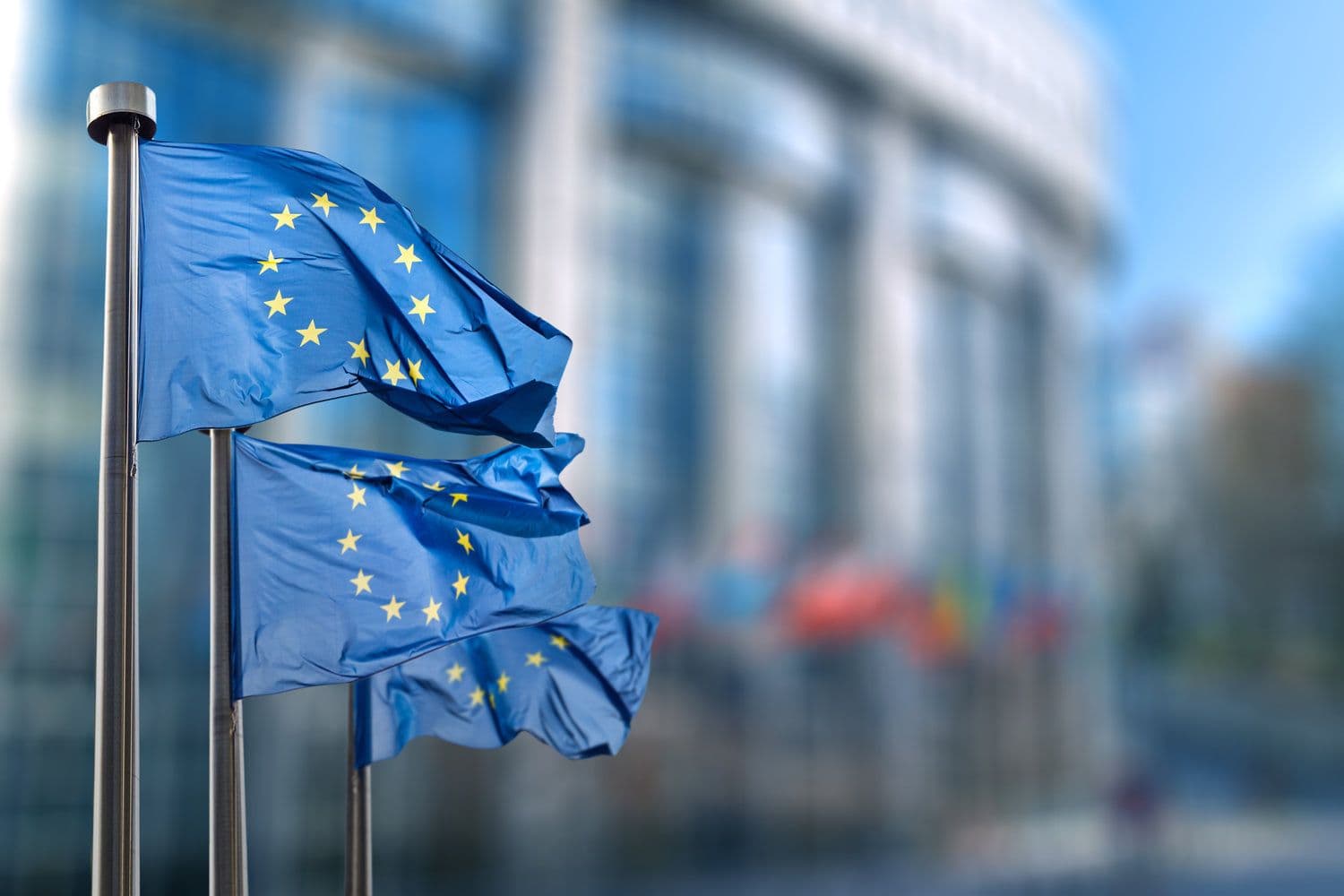European financial authorities are sounding the alarm that cryptocurrency markets may soon pose significant risks to traditional financial systems as the digital asset sector continues to expand and integrate with conventional markets, according to a senior EU regulator.
What to Know:
- Cryptocurrency currently represents only 1% of global financial assets but poses growing interconnection risks
- EU regulator warns that sharp crypto price drops could trigger broader market instability
- Despite regulatory frameworks like MiCA, the regulator emphasized "no crypto-asset is safe"
Sharp cryptocurrency price drops could increasingly disrupt traditional financial markets as digital assets become more intertwined with conventional finance, the European Securities and Markets Authority warned this week.
"We cannot rule out that future sharp drops in crypto prices could have knock-on effects on our financial system," ESMA Executive Director Natasha Cazenave told the Economic and Monetary Affairs Committee in an April 8 statement.
The warning comes amid growing concern about potential spillover effects from volatile digital asset markets into the broader economy.
Cazenave noted that while cryptocurrency currently accounts for just 1% of global financial assets—not yet significant enough to cause major disruptions to traditional markets—the rapid growth of interconnections between crypto and conventional finance demands closer regulatory scrutiny. These connections are developing particularly quickly in the United States, where cryptocurrency adoption has accelerated faster than in Europe.
"Crypto-assets markets evolve quickly, in an often unpredictable manner, and we need to keep a close eye on these developments," Cazenave said. "Turmoil, even in small markets, can originate or catalyze broader stability issues in our financial system."
Her concerns encompassed a wide range of cryptocurrency-related developments, from spot crypto exchange-traded funds and stablecoin use to security vulnerabilities demonstrated by the recent $1.4 billion Bybit exploit.
She also referenced the collapse of cryptocurrency exchange FTX in November 2022 as evidence of the sector's inherent risks.
The European Union has implemented several measures intended to safeguard against cryptocurrency risks, most notably the Markets in Crypto-Assets (MiCA) regulation introduced last year. While Cazenave acknowledged that MiCA represented a "breakthrough" for cryptocurrency regulation, she emphasized that additional rules may be necessary as the sector continues to evolve.
"There is no such thing as a safe crypto-asset," Cazenave stated, suggesting that existing regulatory frameworks may require further strengthening to adequately mitigate future risks.
European Adoption Lags Behind US Market
Cazenave's comments come amid market volatility, with both cryptocurrency and stock markets experiencing double-digit declines in recent weeks as the Trump administration implements previously announced tariff policies. Despite this turbulence, cryptocurrency adoption continues to grow globally, albeit at different rates across regions.
While the United States has seen rapid cryptocurrency adoption, Europe has moved more cautiously. Over 95% of European banks have no involvement in cryptocurrency-related activities, according to Cazenave. However, retail participation is increasing, with an estimated 10% to 20% of European investors now having some exposure to digital assets.
This European adoption rate stands in contrast to the United States, where most reports suggest cryptocurrency adoption ranges between 15% and 28% of the population. The disparity highlights regional differences in regulatory approaches and market attitudes toward digital assets.
During the same Economic Committee meeting where Cazenave spoke, European officials also discussed the potential introduction of a digital euro, illustrating the complex balance regulators are attempting to strike between embracing financial innovation and managing associated risks.
Balancing Innovation and Protection
The growing integration of cryptocurrency with traditional finance presents regulators with significant challenges as they attempt to foster innovation while protecting market stability. While MiCA provides a foundation for cryptocurrency regulation in Europe, Cazenave's comments suggest that authorities may need to continually adapt their approach as cryptocurrency markets evolve and potentially present new systemic risks.
As cryptocurrency markets continue to mature and integrate with traditional finance, regulatory vigilance will remain essential to identify and address emerging threats to financial stability before they manifest as broader economic disruptions.

